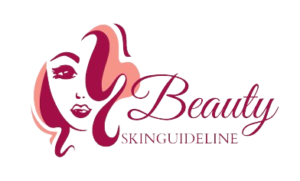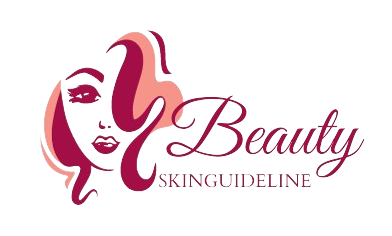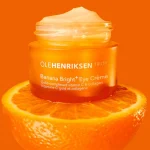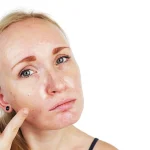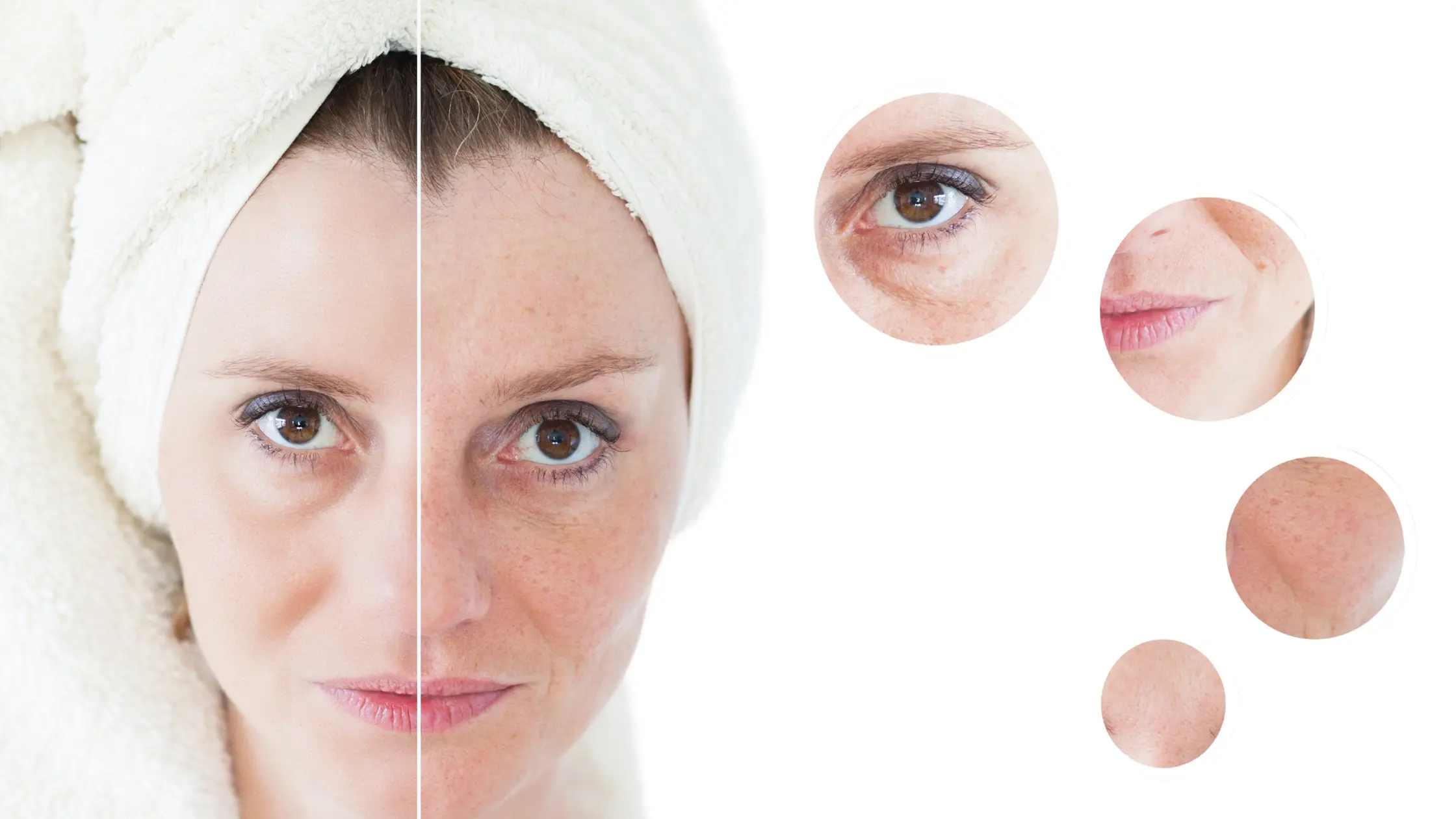
Dermatologist |
Combination skin is a challenge when it comes to anti-aging skincare. A combination of dry and oily areas makes up combination skin. Combination skin means having oily areas. They commonly appear on the forehead, nose and chin (T-zone). Dry areas appear on the cheeks and around the lips. This can lead to breakouts in oily places and flakiness in dry areas.
But there is nothing to fear! With the right anti aging skin care routine for combination skin, you can achieve a youthful and glowing face. According to our dermatologist “Dr Sarah Jane” I will walk you through a step by step anti-aging skincare plan designed mainly for combined skin types.
According to dermatologists and cosmetic experts, combination skin is as common as other skin types. Combination skin has signs of both oily and dry skin. Those with a combination of skin types often have drier cheeks and a more oily T-zone (which consists of the forehead, nose and chin).
Nothing causes combined skin; it is caused by genetics. It sometimes occurs as an effect of hormonal changes. Combination skin is common in people of any age, including older people. For all this you need an anti aging skin care routine for combination skin. This will help you to treat both dryness and oiliness, addressing wrinkles and keeping the skin balanced.
Combination skin means having both oily and dry areas on your face. Here are some points to know about combination skin symptoms according to our dermatologist.
Oily And Dry Mark
This is the most common sign of combination skin. If you notice that your T-zone gets shiny and greasy throughout the day. Your cheeks feel tight and flaky, which indicates that you have combination skin.
Larger pores In The T Zone
The T-zone has more oil glands than other parts of our face. Which produces extra oil. For this reason the pores in this area tend to be larger. In the end it makes a combination skin.
Breakouts And Dry Areas Develop Together
If you face breakouts and dry areas together on your face, it means you have combination skin. You may have acne or blackheads in your T-zone, as well as dry, flaky patches on your cheeks. This can happen due to hormonal imbalance during menstruation. Because your sebaceous glands produce more oil at that time for hormonal imbalance.
Makeup Can Look Mismatched
If you find that your makeup does not apply evenly or seems to be slipping. Staying away from your T-zone all day may indicate combined skin.
Your Skin Becomes Oilier In Summer And Drier In Winter
Combination skin can be affected by seasonal changes. The hot, humid weather of summer can make your T-zone even oilier. While the cold, dry winter air can exacerbate dryness on your cheeks. If you have this same issue then you have a Combination skin.
Skin Sensitivity
People with combination skin can also have sensitive skin. It means if you have combination skin then your skin will react easily to harsh products or environmental changes.
If you think you have combined skin, it’s important to use skincare products that are designed for your specific requirements.
Here I am giving you the best skincare routine according to Dermatologists and some experts. This skincare routine will help you to enhance your skin. For better skin texture and brightness follow this routine.
Morning Routine AM
Cleansing: Start by cleansing your face with a gentle cleanser specifically formulated for combination skin. Look for labels indicating “cleanser for combination skin” or gentle cleanser.
Addressing Concerns: Next, apply a lightweight, oil-free moisturizer that contains SPF 30 or higher. Choose for a moisturizer with hyaluronic acid to effectively hydrate your skin.
Sun Protection: If your moisturizer does not include SPF, follow up with a separate sunscreen with SPF 30 or higher. Ensure thorough coverage to shield your skin from harmful UV rays.
Night Routine PM
Cleanse: Start by cleansing your face to remove makeup, dirt, and excess oil. Use a gentle cleanser to ensure your skin is thoroughly clean before moving to the next step.
Exfoliate (1-2 times a week): Incorporate a gentle chemical exfoliant containing ingredients like lactic acid or salicylic acid into your routine. This helps remove dead skin cells and promote cell turnover, revealing smoother, brighter skin.
Targeted Treatment (Serum): Apply a targeted treatment serum based on your specific skin concerns.
- Retinol Serum: If you’re targeting wrinkles and fine lines, consider using a retinol serum. Begin with a low concentration to minimize irritation, then gradually increase the frequency as your skin adjusts. You can also alternate nights with another serum to minimize sensitivity.
- Vitamin C Serum: For brightening the skin tone and protecting against free radical damage, Choose a vitamin C serum. This powerful antioxidant helps improve overall skin health and radiance.
Moisturize: After applying your serum, follow up with a moisturizer to hydrate and nourish your skin. Tailor your choice of moisturizer based on your skin’s needs.
- Oily Areas (T-zone): Use a lightweight, oil-free moisturizer to prevent excess shine and keep the T-zone balanced. Gel-based moisturizers are ideal for oily areas as they provide hydration without adding extra oil.
- Dry Areas (Cheeks and Around the Mouth): Look for a richer, creamier moisturizer to deeply hydrate dry areas. Look for moisturizers with emollient ingredients like shea butter or ceramides to replenish moisture and improve skin texture.
Conclusion
Achieving glowing, young skin is possible with the correct anti-aging skincare routine designed for combined skin. By carefully following these steps, you may effectively counteract aging signs while preserving healthy skin. Remember to listen to your skin’s needs and modify the routine accordingly. With persistence and faith, you can achieve the radiant complexion you’ve always wanted.
FAQ
Frequently Asked Questions
If you have any questions related to beauty, you can hit the comment box! We will do our best to assist you through our experts. We’re here to help you.
Yes, niacinamide is good for anti-aging.
- Morning & Night: Gentle cleanser, moisturizer with SPF.
- Morning: Lightweight vitamin C serum.
- Night: Apply a moisturizer tailored for your oily T-zone (lightweight) and dry areas (richer).
- 2-3 times a week: Exfoliate with AHAs or BHAs.
- Weekly: Target mask (clay for oily areas, hydrating for dry areas).
Yes, vitamin C is good for combination skin! It can brighten and protect without clogging pores.
Yes! Niacinamide is an excellent option for combined skin.

